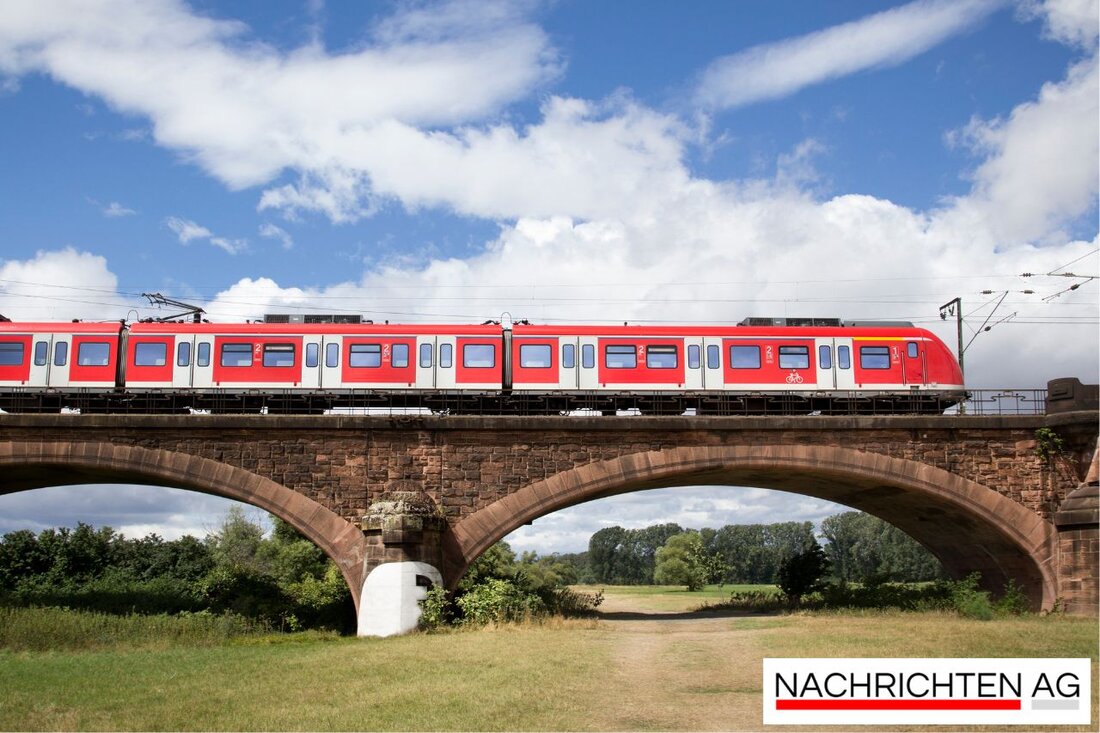Bad Honnef starts mobility transition: new train station and bridge planned!
Bad Honnef is advancing mobility stations and pedestrian bridges to create barrier-free transport connections and promote mobility transition.

Bad Honnef starts mobility transition: new train station and bridge planned!
Something is happening in Bad Honnef: The plans for the new mobility station at the train station are taking concrete shape. How ksta.de reports, Bernhard Rothe, head of the city's urban development division, emphasizes that this mobility project represents a significant step towards a sustainable transport transition in the city. The planning committee has already given the green light for the construction of the mobile station at the terminus of light rail line 66, as well as for a pedestrian bridge over federal highway 42, which is important for the connection to the new train station.
Mayor Otto Neuhoff emphasizes the urgency of these measures. The pedestrian bridge in particular is considered essential to improve connectivity. Deutsche Bahn plans to build the new train station at the terminus in the second half of 2026, during a six-month closure period. The new platforms are to be designed barrier-free and connected to elevators via a bridge, which not only increases comfort but also promotes inclusion.
Comprehensive mobility concept
An additional pedestrian and cyclist bridge is also part of the plan, which leads over federal highway 42 to Girardetallee. This bridge will be approximately 43.50 meters long and will be equipped with an elevator and a stair tower. However, the construction of the stair tower will only be possible from 2028, as a support structure for the wastewater works must be built beforehand.
A mobility node is also planned, which will optimally link the various means of transport. The large car park next to the terminus will be used for this purpose, and a feasibility study provides space for bus stops and a station forecourt with plants, trees and seating. A parking garage with up to 300 parking spaces and bicycle parking spaces is planned in the northern area of the parking lot. The estimated costs for these projects amount to around 9.5 million euros for the parking garage and the open space design and around 4.8 million euros for the infrastructure and traffic systems, with the city hoping for subsidies of 90 percent.
Challenges and voices from politics
The GREENS in Bad Honnef have campaigned for an improvement in the station situation and criticize the current condition, which is neglected and not barrier-free. How ausbadhonnef.de reports, they are concerned about the high costs that the city would have to incur for these measures, especially with regard to the pedestrian and bicycle bridge and the potential parking fees that could make life difficult for commuters.
The planned bridge is described as architecturally exceptional, but also as expensive. The city administration has so far not adequately informed local politicians about the costs, which raises questions. In addition, the route to the stop could become longer for residents from southern locations, which is causing criticism. At the urban development meeting, the GREENS were also able to record successes in securing areas in the landscape protection area.
Conclusion and outlook
The challenges in the area of mobility are also present in Bad Honnef, as the scientific advisory board of the Federal Minister for Digital and Transport makes clear. The pressure on urban infrastructure is not decreasing due to rapidly increasing demands and the need to act in a more climate-friendly manner. The transport transition is not just a local necessity, but an important step into the future, which poses the same challenges not only to Bad Honnef, but also to many other cities. Various approaches, such as car sharing or the expansion of cycle paths, are crucial to improving the traffic situation bpb.de analyzed.
We are excited to see how the plans develop and what decisions will be made in the coming months to shape a more livable and sustainable city.

 Suche
Suche
 Mein Konto
Mein Konto